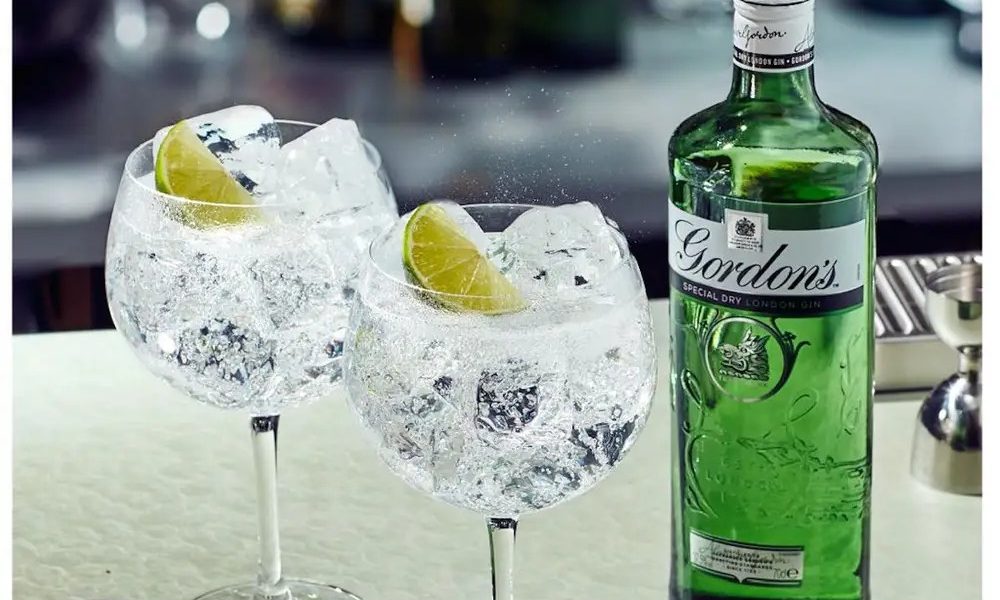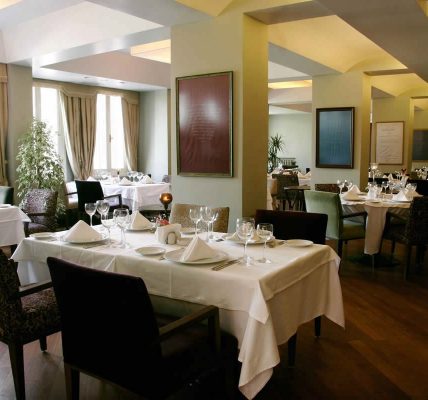Gin is a European passion reinvented in the United States and then reintroduced to the Old Continent in the 1920s. The tradition of juniper dates back to the 17th century. If Belgium and the Netherlands argue over the origins of juniper alcohol, gin is a piece of European heritage. Today it belongs to an inventive and internationalized gastronomic culture.
Gin, a Source of Inspiration for the Roaring Twenties and the Official Drink of Fashionable Salons
The “Roaring Twenties”, a superbly overused concept. He describes the fantasized carefreeness of the 1920s in the Western world, the hope of economic growth carried by industrial revolutions, the advent of the society of images and the rediscovery of the party after the war cultivated frivolity, flashy luxury, cabaret rather than church, spectacle better than hearth.
The chimerical imagery of this era that no one has experienced is punctuated by an innovative and subversive jazz. It is displayed in the scruffy salons where the clanging of decadent drinks resonates. Invented in the United States, the cocktail fashion was brought to Europe in the 1920s, when many barkeepers immigrated to London to flee the prohibition imposed across the Atlantic by a moralist and Puritan gin quickly became the glamorous drink of actors and the fashion community, the official basis for distinguished cocktails. Choosing the Welsh Gin can be a proper choice in this case.
In the 1950s and 1960s, gin was the staple of successful parties, the loyal guest who is asked to stir up laughter and heat up the mood. It was then used as the basis for more than half of the cocktails listed on the menus of the bars where we jostle. It was at the same time that the vodka market flourished: brandy was sold as a festive alcohol. It was made the favorite of young people, thanks in particular to aggressive advertising campaigns. Relegated to second place, gin became daddy’s alcohol.
The Reinvention of Gin by Bombay Sapphire and Tanqueray
Historic brands used their creativity to try to counteract the shrinking market. Sometimes considered rough or too standardized, gin had to reinvent itself. Bombay Sapphire and Tanqueray, the two industry leaders, decided to rework their recipe. It was necessary to bring softness, to make the texture silkier to approach the impressions left on the palate by the vodka. The alterations, sometimes substantial, had their effect: the gin accepted its new curves, assuming the ornaments of its new dress. Since we taste first with the eyes, the taste correction had to be accompanied by an aesthetic transformation. Bombay Sapphire led the way in completely overhauling its brand image. The famous blue bottle impressed the bartenders: the gin found a place of choice behind the zincs, right next to the vodka.
Gin or the Eternal Reinvention of Consumer Products
The revival of gin can also be explained by the rise of a new globalized gastronomy whose imagery is shared on social networks. The trend is towards high quality, vintage design, short circuits and small quantity production. We must do artisanal. Gin took full advantage of the popular penchant for snobbery. Established distilleries tried their hand at exercise. New brands emerged, disappeared or remained to impose on cocktail bars a new way of consuming gin.







